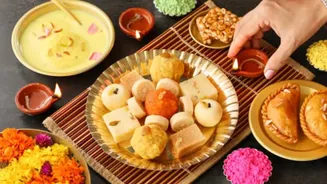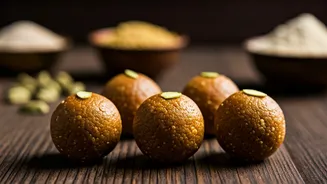The secret behind why that late-night laddoo feels extra magical.
If you’ve ever wondered why that piece of Kaju Katli tastes divine at 10 p.m. but just
“okay” in the afternoon, you’re not imagining things. There’s actual science behind why your Diwali sweets taste better under the stars.
From lighting conditions and body rhythms to the mood of the moment, several sneaky factors team up to enhance how you perceive sweetness, especially during those twinkling Diwali evenings.
So, put on your foodie lab coat, we’re decoding why your taste buds come alive after dark.
Your Brain Loves the Night - Especially During Festivities
Let’s start with the most powerful player: your brain.
When night falls, your dopamine and serotonin levels (the “feel-good” chemicals) tend to rise, especially when you’re relaxed, surrounded by loved ones, or basking in festive lights.
And what do these chemicals do? They make you more receptive to pleasure, including the taste of that golden Jalebi or soft Rasgulla.
Simply put: when you’re happy, everything tastes better.
Add Diwali lights, laughter, and the faint scent of agarbatti, and you’ve got the perfect recipe for dessert magic.
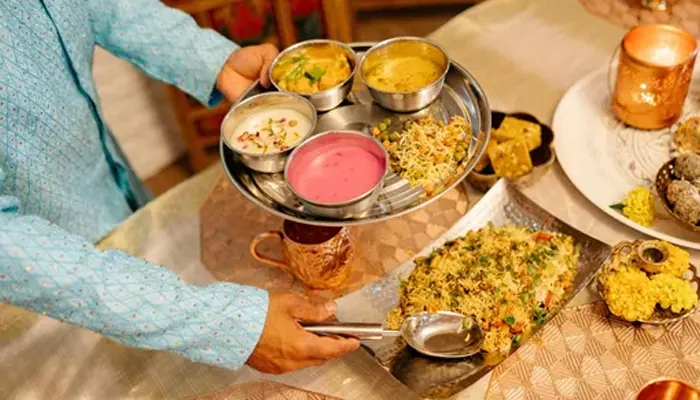
Circadian Rhythms Affect How You Taste Sweetness
Your body follows a natural 24-hour clock known as the circadian rhythm. Studies show that our sweet taste sensitivity peaks in the evening, meaning your tongue is literally more responsive to sugary flavours at night.
That’s why that post-dinner Gujiya hits differently, your body is in “reward mode,” and every bite feels more indulgent.
It’s the same reason why late-night snacks always feel more satisfying. Science agrees you’re not greedy, you’re just biologically tuned for mithai!
The Diwali Ambience Enhances Perception of Taste
Let’s be honest, half the charm of Diwali sweets lies in the vibe. The flickering diyas, fairy lights, and laughter around the table amplify your sensory experience.
Light plays a surprisingly big role here. Warm lighting (like the glow from diyas and candles) makes colours richer and textures more inviting. It also enhances your mood, which directly heightens your perception of sweetness.
That’s why a plate of Soan Papdi or Motichoor Laddoo looks and tastes extra appealing when served under golden festive light.
It’s not just a treat, it’s an experience.
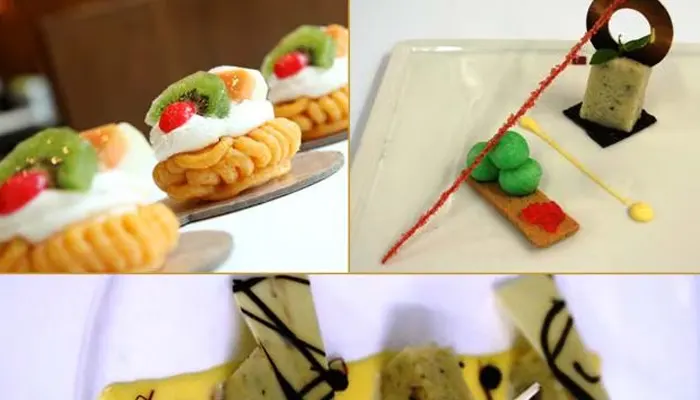
Scent Memory and Emotional Connection
Ever noticed how the aroma of ghee, cardamom, or roasted flour instantly teleports you to your childhood Diwalis? That’s your olfactory memory at work.
Smell and taste are deeply intertwined, and during Diwali nights, the air is thick with the scent of celebration, incense, sweets, and fireworks.
When these scents hit your senses together, they trigger emotional nostalgia. That emotional connection makes sweets taste richer, warmer, and more comforting.
In short, your brain adds a dash of “home” to every bite.
Social Dining Makes Food Taste Better
There’s another secret ingredient to why Diwali sweets shine at night.
When you share food with family and friends, your brain releases oxytocin, the “bonding hormone.” This enhances pleasure, satisfaction, and even digestion.
So, when you pass the plate of Kaju Katli around and everyone laughs about who takes the last piece, that shared joy literally makes the food taste better.
Food scientists call it the social flavour effect and Diwali is its biggest stage.
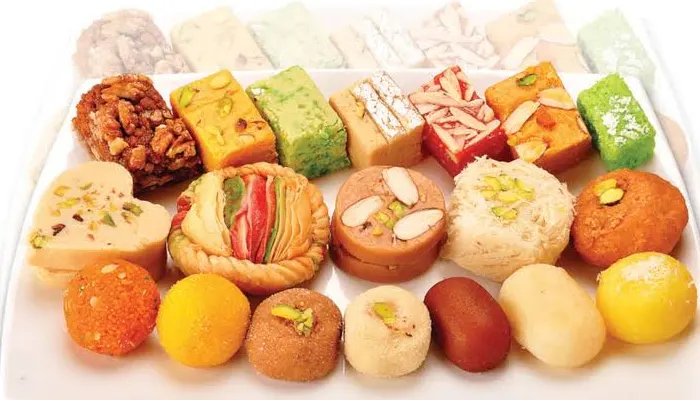
So, the next time someone teases you for reaching for another piece of Barfi at midnight, tell them it’s scientifically justified.
Between the body’s biological rhythms, festive ambience, and emotional connection, your brain is wired to relish sweets more at night, especially during Diwali.
It’s not gluttony. It’s gratitude, for good food, good people, and good times.
So go ahead, pour another cup of chai, grab that Jalebi, and sit by the diyas. Because science says your sweet tooth is right on schedule.
